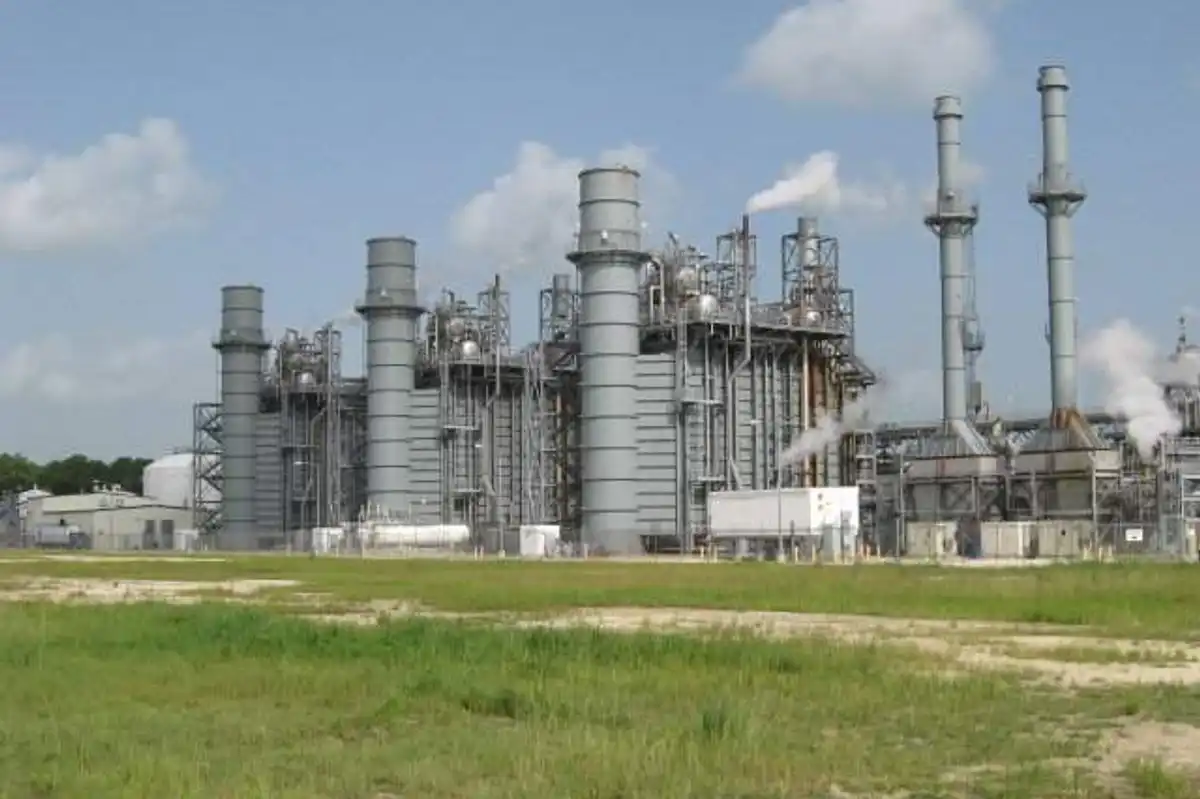NERC warns of summer energy shortfalls–what you can do now
THINGS ARE HEATING UP
The North American Electric Reliability Council (NERC) issued a warning with the 2023 Summer Reliability Assessment yesterday – energy shortages could be coming this summer for two-thirds of North America if temperatures spike higher than normal.
“Increased, rapid deployment of wind, solar and batteries have made a positive impact,” Mark Olson, NERC’s manager of reliability assessments says in the release. “However, generator retirements continue to increase the risks associated with extreme summer temperatures, which factors into potential supply shortages in the western two-thirds of North America if summer temperatures spike.”
For Texans, the combined risk of drought and higher-than-normal temperatures could stress ERCOT system resources, especially in the case of reduced wind. But before there’s a mad rush on generators, keep in mind, electricity consumers can take simple actions to minimize the possibility of widespread shortfalls.
Electricity demand begins rising daily around 2 P.M. in the summer and peaks in the final hours of daylight. These hours are generally not only the warmest hours of the day but also the busiest. People return from work to their homes, crank down the air conditioner, turn on TVs, run a load of wash, and prepare meals using multiple electric-powered appliances.
If everyone takes one or two small steps to avoid unnecessary stress on the grid in the hours after coming home from work, we can prevent energy shortfalls. Modify routines now to get into the habit of running the dishwasher overnight, using the washer and dryer before noon or after 8 pm and pulling the shades down in the bright afternoon hours of the day.
Try to delay powering up devices – including EVs – until after dark. Turn off and unplug items to avoid sapping electricity when items are not in use. And if you can bear it, nudge that thermostat up a couple of degrees.
Energy sustainability demands consistent collaboration and coordination from every consumer of energy. Let’s get in the habit of acting neighborly now with conservative electricity practices before we start seeing temperatures–of both the literal and figurative kind–flare.











